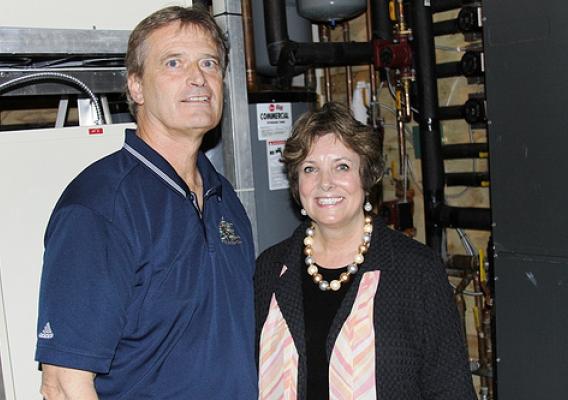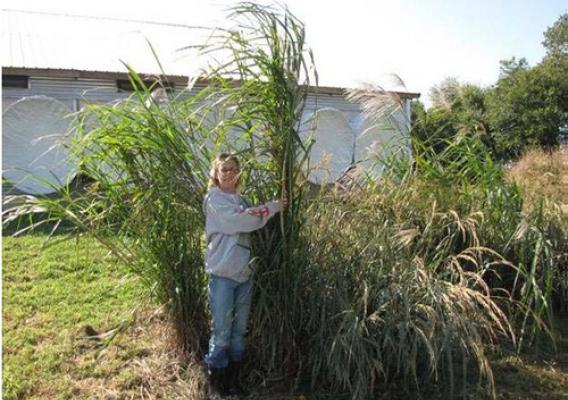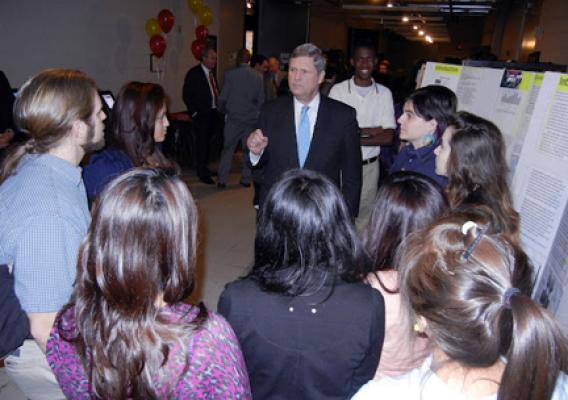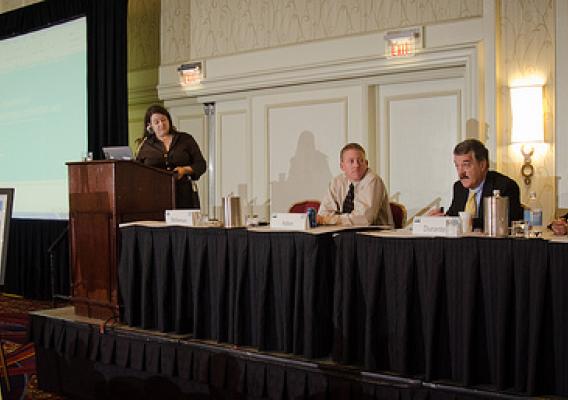An official website of the United States government
Official websites use .gov
A .gov website belongs to an official government organization in the United States.
Secure .gov websites use HTTPS
A lock ( ) or https:// means you’ve safely connected to the .gov website. Share sensitive information only on official, secure websites.



 Hundreds of people, over the web or in person, learned about the financing and technology of
Hundreds of people, over the web or in person, learned about the financing and technology of 
